How To Move a Storage Container
Moving a storage container can seem like a daunting task. These large, heavy units are built to be durable, secure, and stationary, yet there are numerous reasons you might need to move one—from relocating to a new property, adjusting layout on your land, to preparing for a construction project. Understanding how to move a storage container properly is essential for ensuring the safety of your property, the container, and everyone involved. This comprehensive guide explores everything you need to know, from preparation and equipment to methods, regulations, and professional services.
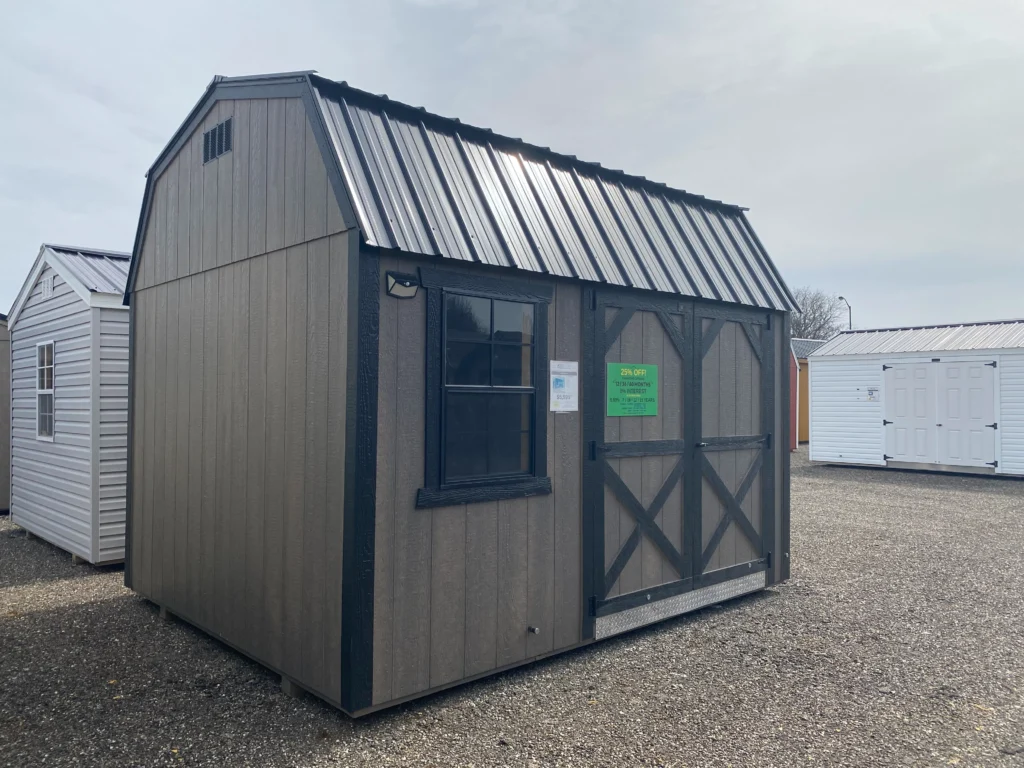
Why You Might Need to Move a Storage Container
Storage containers are versatile, and often used for temporary storage, construction site offices, agricultural supply storage, or even converted tiny homes. But the need to relocate them arises when construction zones shift, new layouts are planned, permanent placement is reconsidered, or the property changes ownership.
Being able to move a storage container adds immense flexibility to how land is used. However, due to their weight and size, proper techniques and tools are required for safe handling.
Assessing the Container and Site Before the Move
Before you consider how to move a storage container, inspect both the container and the site. Check the structural integrity of the container, especially the flooring, walls, and base frame. Look for rust, damage, or weaknesses that could worsen during transportation.
Survey the current site for obstacles like trees, buildings, overhead wires, and uneven ground. Likewise, the destination site should be leveled and accessible. Planning both the departure and destination logistics in advance is crucial to a successful move.
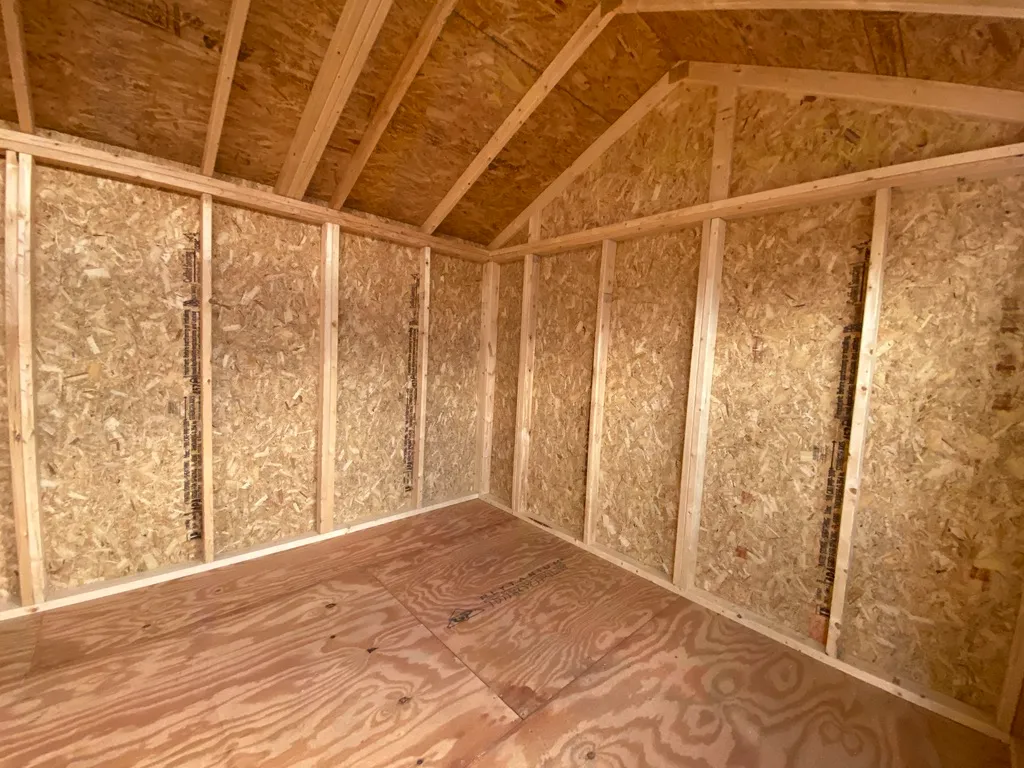
Understanding Container Dimensions and Weight
Most storage containers come in standard sizes—10, 20, or 40 feet in length. A 20-foot container typically weighs around 5,000 pounds when empty, while a 40-foot unit can exceed 8,000 pounds. These weights increase significantly if the container is not empty.
For accurate planning, consult manufacturer specifications or reference guides like the LogCluster Container Specifications PDF, which detail container weights and dimensions.
Emptying the Container
To move a storage container safely, it’s best to empty it completely. Transporting a full container not only increases weight but also adds risk of internal shifting and uneven balance. Remove all contents, and clean the interior thoroughly.
This also gives you an opportunity to inspect for internal damage and remove items sensitive to vibration or moisture, which could occur during the move.
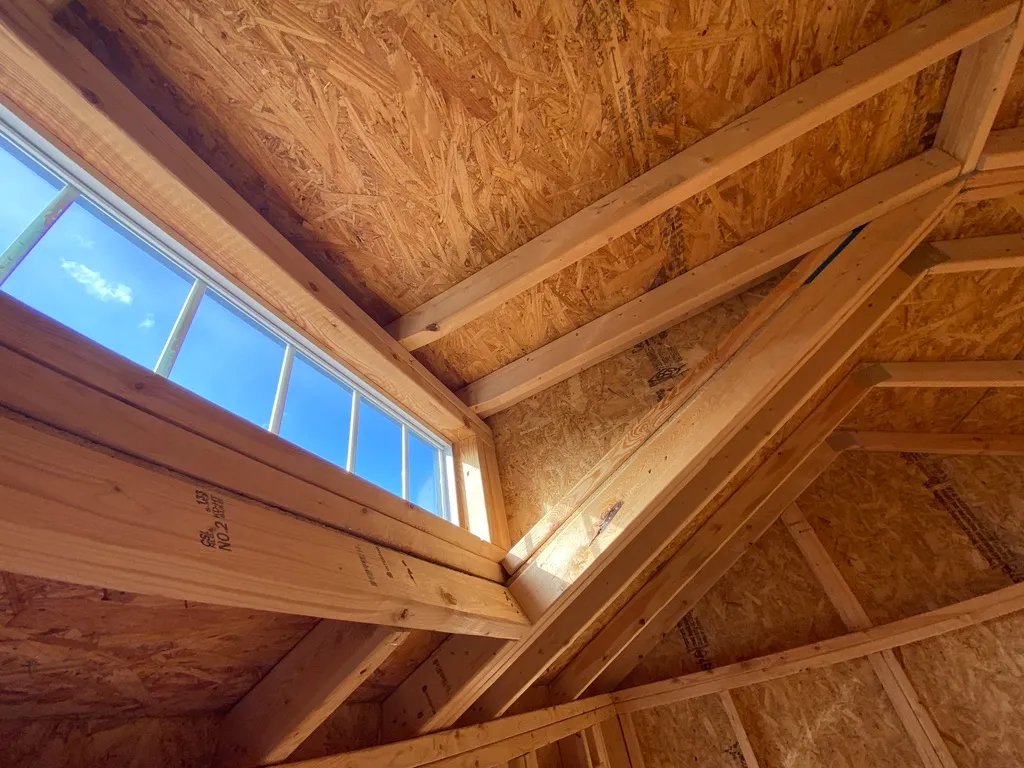
Equipment Options for Moving a Storage Container
Choosing the right equipment is one of the most important parts of learning how to move a storage container. The right tools can make the move more efficient, reduce the risk of damage, and save time.
Forklifts
Heavy-duty forklifts can lift small to medium-sized containers. You’ll need extended forks to reach across the width and strong lifting capacity. Forklifts are ideal for short-distance, on-site moves.
Crane or Boom Truck
For more complex moves—especially if the container needs to be lifted over obstacles—a crane or boom truck is essential. This equipment is often used in urban or construction settings where maneuvering space is limited.
Tilt-Bed or Roll-Off Trailers
For transportation over longer distances or to another property, tilt-bed or roll-off trailers are the preferred method. These trailers can be backed up to the container, tilted, and then lowered or winched onto the bed.
You can read more about tilt-bed trailers and container hauling at Western Trailers.

Hiring Professionals vs. DIY
While it’s possible to move a storage container yourself if you have the right tools and experience, hiring professionals is strongly advised for most homeowners. Moving companies that specialize in storage containers have the expertise, permits, insurance, and equipment necessary for a smooth relocation.
Companies like PODS or U-Haul offer container relocation services, especially for residential and business use. They also understand local regulations regarding transportation of large items.
Legal Considerations and Permits
Depending on your jurisdiction, moving a large container may require permits, especially if you’re transporting it over public roads. Regulations can vary significantly between cities, counties, and states.
Contact your local Department of Transportation or zoning office to determine whether you need a transport permit or police escort, especially for wide or heavy loads.
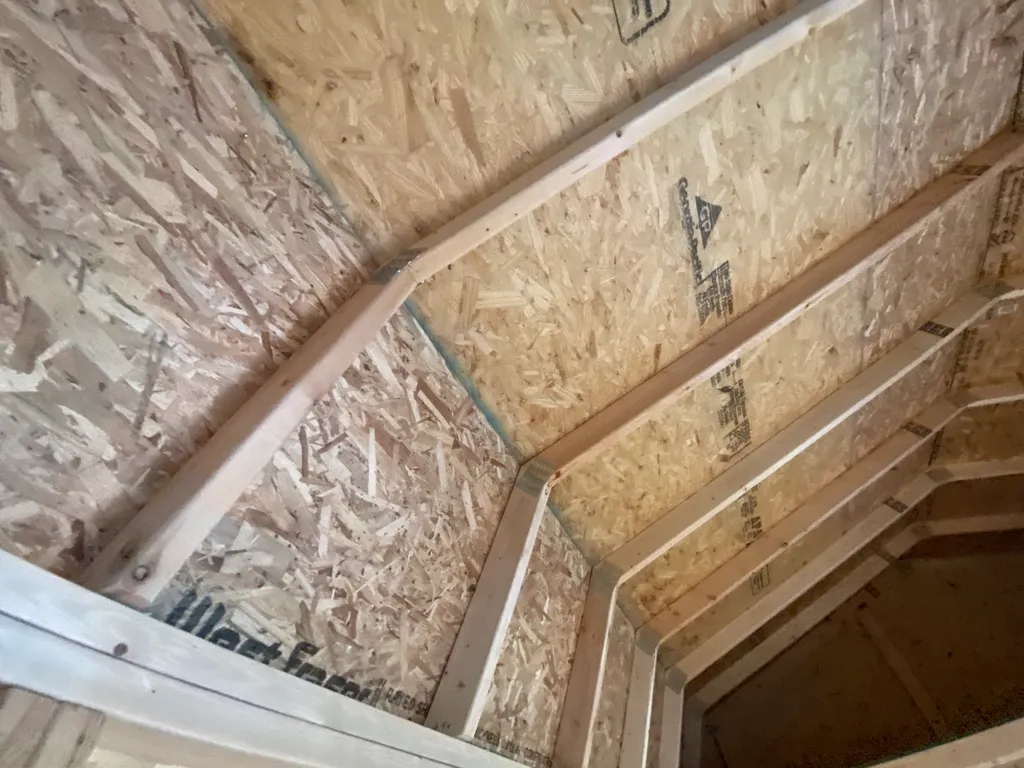
Road Safety and Transport Considerations
Moving a storage container via public roads comes with its own set of challenges. Make sure the container is secured using chains, ratchet straps, or twist-lock mechanisms compatible with the trailer.
The route should be planned in advance to avoid low bridges, weight-restricted roads, or sharp turns. Escort vehicles may be required depending on size and local laws. Check weather forecasts, as high winds can pose danger during transport.
Preparing the New Site
The new location should be level, dry, and accessible to the moving equipment. A base made from gravel, concrete, or pressure-treated blocks helps maintain stability and prevents sinking.
In some cases, zoning regulations may dictate how close you can place a storage container to property lines or existing structures. Verify these codes to avoid fines or future relocation.
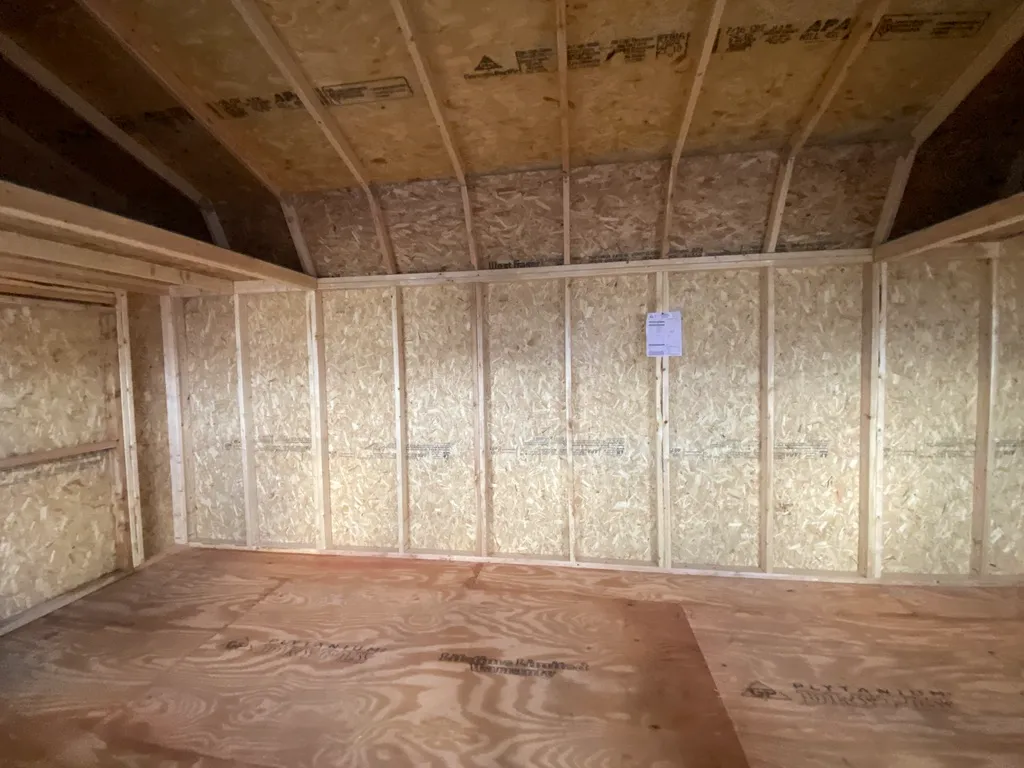
Anchoring and Securing After the Move
Once the container has been moved, securing it in place is vital. You can anchor the container using ground anchors, concrete footings, or even welding it to steel plates. Anchoring prevents movement due to wind, flooding, or uneven settling.
Additionally, inspect the doors, locks, and seals after moving. Vibrations can cause fasteners to loosen or seals to misalign, which could lead to water or pest intrusion.
Alternatives to Moving: Converting or Replacing
Sometimes moving a container is less cost-effective than replacing it. If the container is old, damaged, or too large to move easily, consider purchasing a new one or relocating the contents to a prefab storage building.
At Hartville Outdoor Products, you can explore custom-built sheds, barns, and modular buildings that provide easier installation and long-term reliability.

Environmental and Terrain Challenges
If your property has steep slopes, soft soil, or dense vegetation, moving a storage container becomes more complex. Reinforced paths or temporary platforms may need to be constructed to support equipment weight.
Consider the environmental impact as well—avoid damaging tree roots, underground lines, or sensitive ecosystems. It’s worth consulting a land management expert or contractor when terrain is less than ideal.
Cost of Moving a Storage Container
Costs vary depending on distance, equipment used, weight, and the hiring of professionals. For local moves, DIY relocation could cost a few hundred dollars in rental fees. Professional services for long-distance moves can range from $500 to $5,000 or more.
Always request quotes from multiple providers and ensure those quotes include permits, fuel surcharges, labor, and insurance.
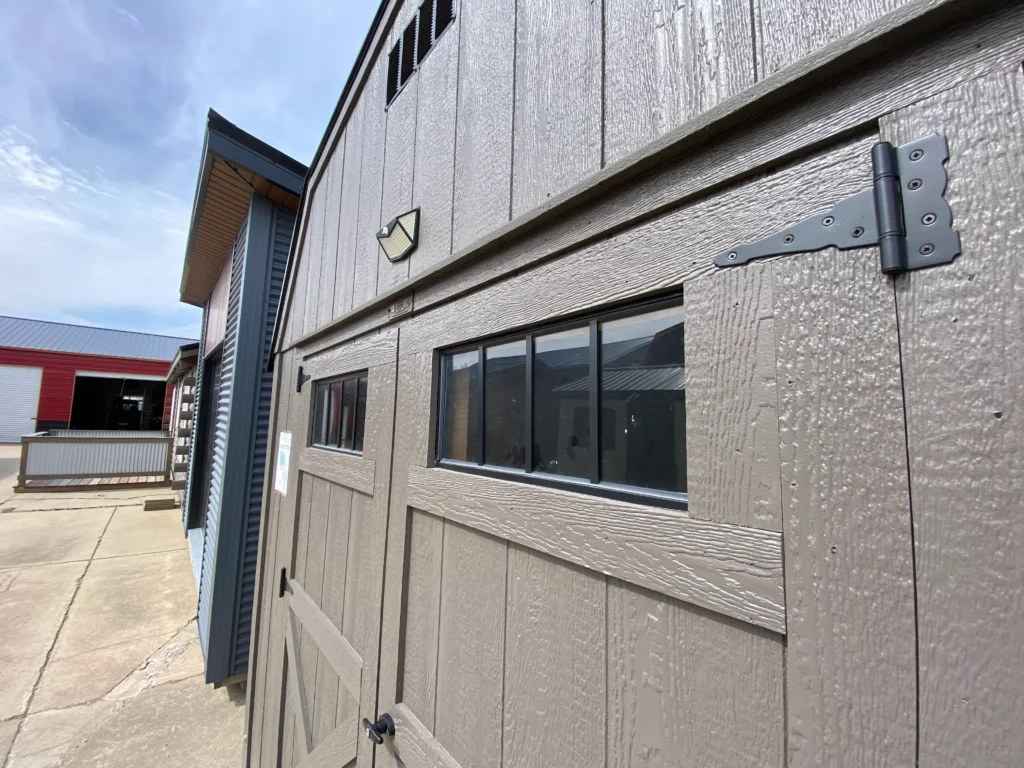
Conclusion
Understanding how to move a storage container safely and efficiently involves more than simply picking it up and dropping it down somewhere else. From choosing the right equipment and ensuring site readiness to following legal protocols and securing the container afterward, every step matters.
If moving your current container isn’t practical, consider upgrading to a prefab building from Hartville Outdoor Products—a hassle-free solution designed for easy installation and permanent placement on your property.
